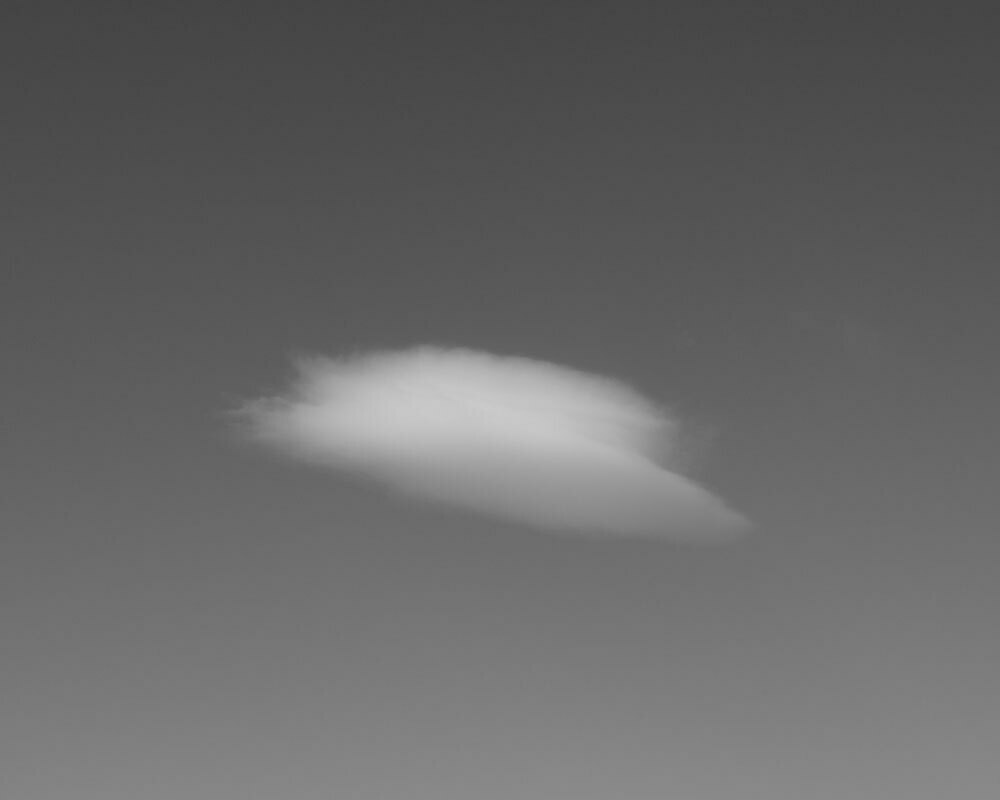Task 4 – Find inner calm
Task 4
Find inner calm

We rarely have the patience to study a cloud like that it slowly changes shape, grows or evaporates. We can force ourselves to look at things more slowly with a camera. We can resist the camera’s inherent speed. At Sukke Farm we have slowed down our tempo and all of the photographing takes place within a small area. Then, we can see more.
VESTFOLD, NORWAY, 2015. Photo: Jarle Evjen
Problem
Stress
If we receive too many impressions, without having the opportunity to express ourselves, then the pressure can be too great. A lot of people walk around with in a constant state of stress. Impressions flood into an already overcrowded mind, like a pressure cooker. From morning to night the tension gnaws at them and hinders their sleep. Many of them believe that they are becoming senile since they forget things quickly and have difficulty registering what is happening around them. It is not so strange. We are not able to concentrate on two things at the same time.
The inner anxiety can be overwhelmingly intense, or the body may be continuously in a low-level state of alarm which unnoticeably wears out the nervous system. We can call this state “the cooking plate on 1” syndrome and every chance you get to turn it off, such as during meditation, helps the body heal. Attention and being consciously present can have the same effect when we do photography.
Expressing oneself via art is a way to digest life. We create an artistic expression from impressions.
On a scale of 1 to 6 how relevant is this issue for you?

Solution
Calm
At one of the workshops when a participant returned her cheeks were flushed and she was animated. She had had such a good time and had taken over 500 pictures. She glowed with excitement, but the quality of her photos were marked by haste. I told her I appreciated the burning enthusiasm, but that she needed to slow down a bit to make better pictures. I advised her to only take 150 pictures the following day. The following day she could only take 150 pictures. Then she was able to concentrate and the photos reflected a completely different state and presence.
The best solution for when things are operating above their peak activity is to take the lid off and let the pressure out. Photography is one such release valve. It is not strange that when many people go to a photography workshop they say that taking photos is a form of therapy. Normally, the act of taking a great picture of a decisive moment is a form of good stress. We use the mobilising sympathetic nervous system to catch the image we want. But with the intention to look for serenity and peace, the undecisive moment if you will, we can use photography to trigger the parasympathetic system; to calm us down. If you feel stressed when you take photos, take five deep inhalations and exhalations. Breathe through your nose and let it out through your mouth. Use a little longer time to let it out than what you use to inhale. This will calm your nervous system.
Photo assignment:
Photograph something that gives you peace of mind. But, what is it?
Find a peaceful place, move slowly, be present – and take pictures.
How useful was this task for you on a scale of 1 to 6?
BOOK SUGGESTION: Rest, Why You Get More Done When You Work Less by Alex Soojung-Kim Pang
❞ Wisely and slow. They stumble that run fast.
William Shakespeare
❞ is not necessary that you leave the house. Remain at your table
and listen. Do not even listen, only wait. Do not even wait, be wholly still and alone. The world will present itself to you for its unmasking…
Franz Kafka
❞ For fast-acting relief, try slowing down.
Lily Tomlin
[note_editor]

